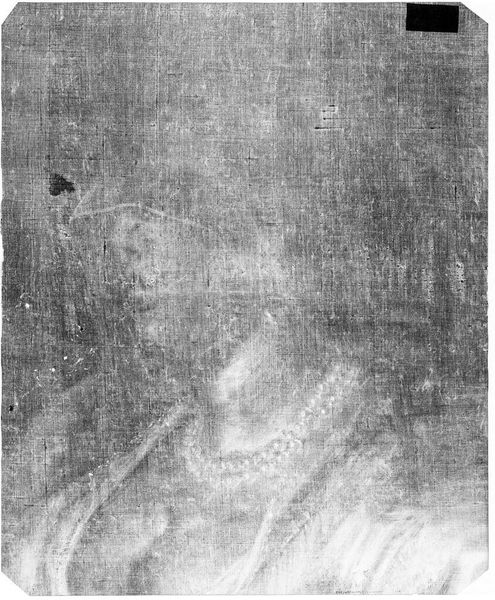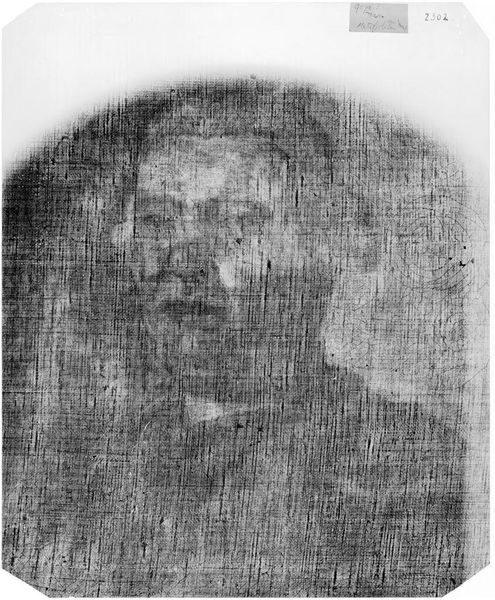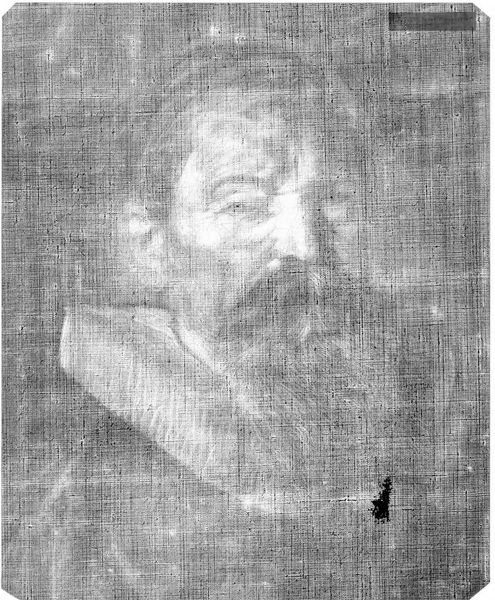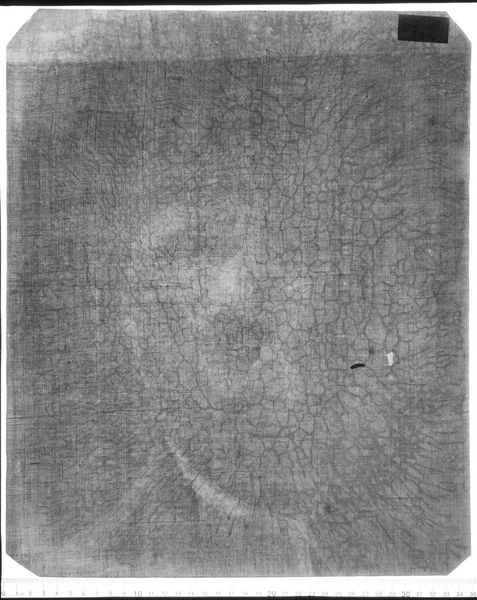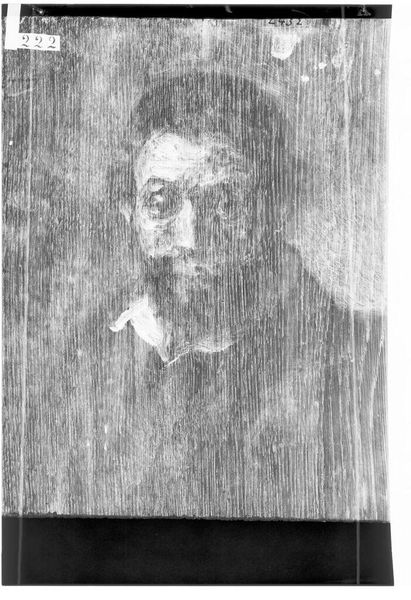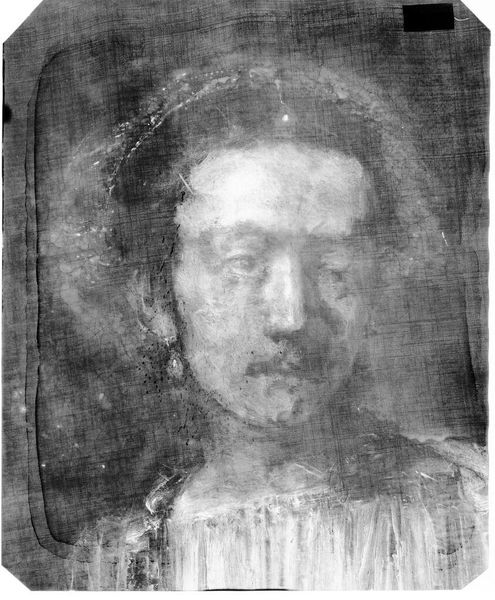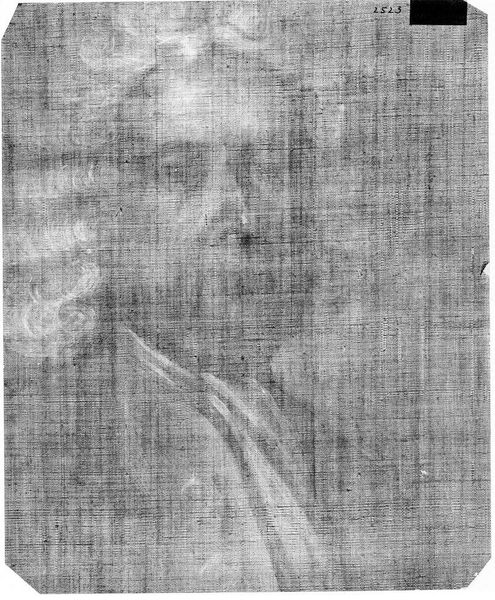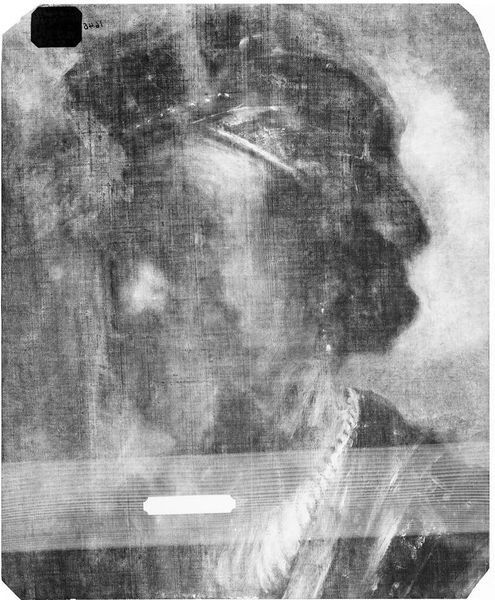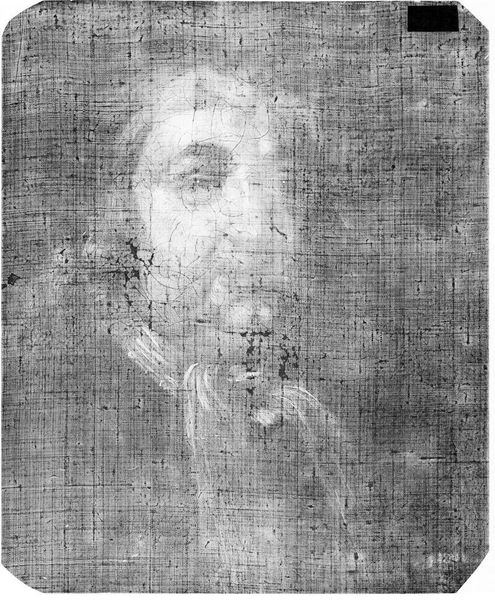
X-radiograph(s) of "Self-Portrait (after Pitti Palace portrait of 1634)"
0:00
0:00
Copyright: CC0 1.0
Curator: Here we have an intriguing piece: an X-radiograph of a "Self-Portrait (after Pitti Palace portrait of 1634)," the artist is anonymous. Editor: It’s eerie, almost ghost-like. The face emerges from a veil of shadows, making it feel like a hidden truth revealed. Curator: Indeed. X-radiography allows us to see beneath the surface, revealing the artist's process, the layers of paint applied, and sometimes even earlier compositions. Editor: That's where the historical context becomes so important. What societal pressures, which gender or race-related norms might have led the artist to conceal aspects of themself, or their subject? Curator: The Pitti Palace portrait, on which this is based, was likely of a powerful figure. This X-ray then provides a unique lens through which to consider themes of identity, authority, and representation. Editor: I think it's a powerful statement on the nature of seeing and being seen. It's about power and control. The art makes you think about who has access to the truth and how that access is influenced by social structures. Curator: Absolutely. It’s fascinating how this technique lets us engage with the history of the painting in a new way. Editor: For me it shows how we as the audience should look at art and life through different angles to see and understand it better.
Comments
No comments
Be the first to comment and join the conversation on the ultimate creative platform.


